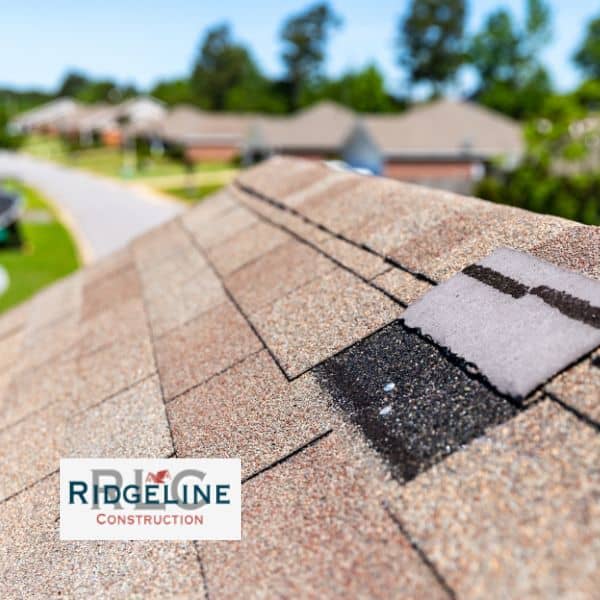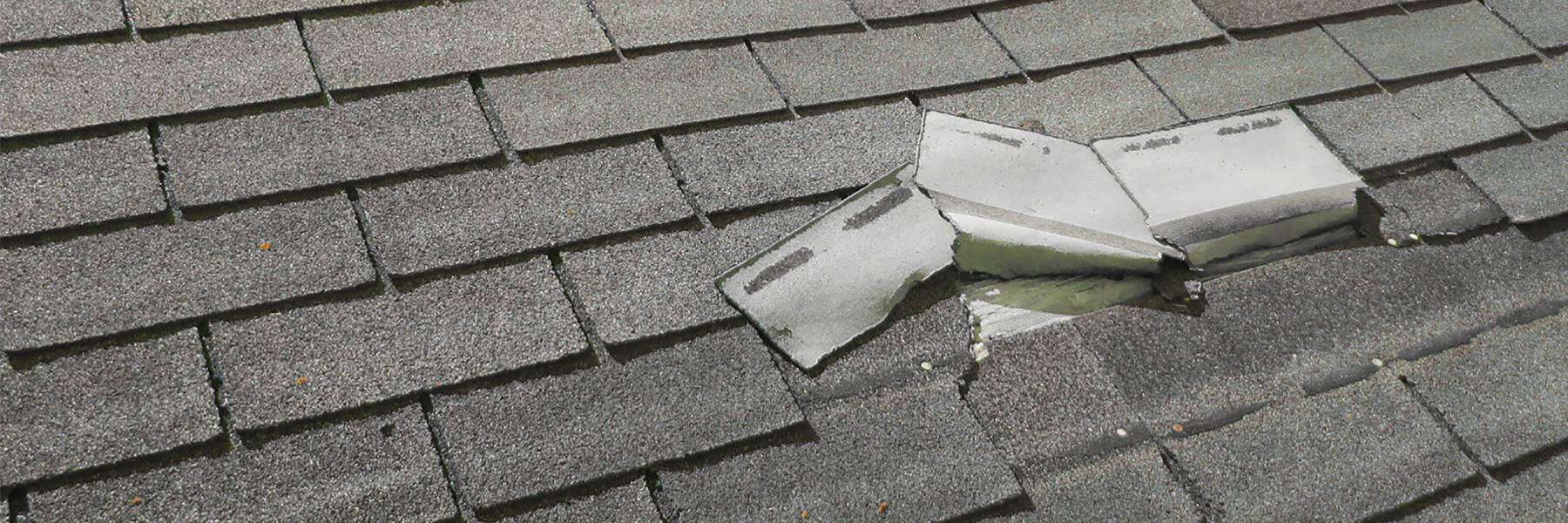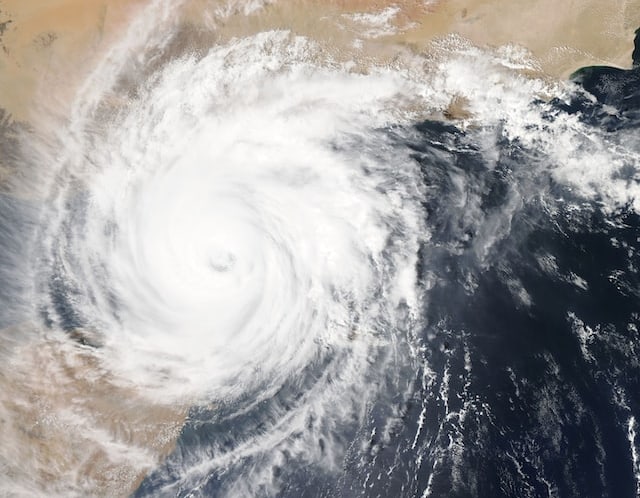High winds can cause significant damage to homes and businesses, especially in areas prone to hurricanes, tornadoes, and other severe weather. Impact-resistant roofing materials are designed to withstand the force of high winds and protect the structure of a building. This article will explore the benefits of using impact-resistant roofing materials in high wind areas.
-
Table of Contents
- Exploring the Benefits of Impact-Resistant Roofing Materials for High Wind Areas
- What to Look for When Choosing a Roofing Material for High Wind Areas
- The Pros and Cons of Different Roofing Materials for High Wind Areas
- How to Prepare Your Roof for High Wind Areas
- The Best Roofing Materials for High Wind Areas in Florida
- Understanding the Different Types of Wind-Resistant Roofing Materials Available
- Conclusion
Exploring the Benefits of Impact-Resistant Roofing Materials for High Wind Areas
Impact-resistant roofing materials are specially engineered to be more durable than traditional roofing materials. They are made from a variety of materials, including metal, asphalt, and rubber. These materials are designed to absorb the kinetic force of high winds and protect the structure of the building. Impact-resistant roofing materials are also designed to be more resistant to hail and other debris that can be thrown around violently during a storm.
Impact-resistant roofing materials are also designed to be more energy efficient. They are designed to reflect the sun’s rays, which can help reduce cooling costs in the summer. In addition, these materials are designed to be more resistant to water damage, which can help protect the structure of the building from rot caused by heavy rains.
Finally, impact-resistant roofing materials are designed to be more aesthetically pleasing. They come in a variety of colors and styles, so they can be used to enhance the look of a home or business. In addition, these materials are designed to be more durable than traditional roofing materials, so they can last longer and require less maintenance.
Using impact-resistant roofing materials in high wind areas can provide many benefits. These materials are designed to be more durable and energy efficient, and they can help protect the structure of a building from the force of high winds. In addition, these materials are designed to be more aesthetically pleasing, so they can enhance the look of a home or business. For these reasons, impact-resistant roofing materials are an excellent choice for high wind areas.

What to Look for When Choosing a Roofing Material for High Wind Areas
When choosing a roofing material for high wind areas, it is important to consider the material’s durability, wind resistance, and cost.
Durability: High wind areas are prone to extreme weather conditions, so it is important to choose a roofing material that is able to withstand these conditions. Look for materials that are impact-resistant, fire-resistant, and waterproof. Metal roofing is a great option for high wind areas, as it is extremely durable and can withstand extreme weather conditions.
Wind Resistance: It is important to choose a roofing material that is able to withstand high winds. Look for materials that are rated for high wind speeds, such as asphalt shingles, metal roofing, and slate. These materials are designed to be more resistant to wind damage than other materials.
Cost: Cost is an important factor to consider when choosing a roofing material. Asphalt shingles are usually the most affordable option, while metal roofing and slate are more expensive. It is important to weigh the cost of the material against its durability and wind resistance to determine which material is the best option for your needs.
Overall, when choosing a roofing material for high wind areas, it is important to consider the material’s durability, wind resistance, and cost. By taking these factors into account, you can ensure that you choose the best roofing material for your needs.
The Pros and Cons of Different Roofing Materials for High Wind Areas
Selecting the appropriate roofing material is crucial for wind-prone areas to mitigate potential damage. Each roofing option comes with its own set of pros and cons, thoughtful consideration before settling on the best choice. Ensuring optimal word choice, structure, readability, and eloquence, it is imperative to make an informed decision to safeguard roofs from the detrimental impacts of high winds.
Metal Roofing: Metal roofing is one of the most popular roofing materials for high wind areas. It is lightweight, durable, and resistant to fire and rot. Metal roofing is also resistant to wind damage, as it can withstand winds up to 140 mph. The downside of metal roofing is that it can be expensive and difficult to install.
Asphalt Shingles: Asphalt shingles are a popular choice for roofing in high wind areas. They are relatively inexpensive and easy to install, and they can withstand winds up to 110 mph. The downside of asphalt shingles is that they are not as durable as metal roofing and can be prone to damage from hail and other debris.
Clay Tiles: Clay tiles are a popular choice for high wind areas due to their durability and resistance to wind damage. Clay tiles can withstand winds up to 130 mph and are also resistant to fire and rot. The downside of clay tiles is that they are heavy and can be difficult to install.
Slate Tiles: Slate tiles are another popular choice for high wind areas. They are extremely durable and can withstand winds up to 140 mph. The downside of slate tiles is that they are expensive and difficult to install.
Concrete Tiles: Concrete tiles are a popular choice for high wind areas due to their durability and resistance to wind damage. Concrete tiles can withstand winds up to 130 mph and are also resistant to fire and rot. The downside of concrete tiles is that they are heavy and can be difficult to install.
No matter which roofing material you choose, it is important to make sure that it is properly installed and maintained to ensure that it can withstand high winds. It is also important to check with your local building codes to make sure that the roofing material you choose meets all of the necessary requirements.
How to Prepare Your Roof for High Wind Areas
Your roof is susceptible to significant damage during high winds, making it crucial to adequately prepare for such conditions. To safeguard your roof from the elements, consider the following tips:
1. Inspect your roof regularly. Make sure to check for any signs of damage, such as missing or loose shingles, cracked flashing, or other signs of wear and tear. If you notice any of these issues, contact a professional roofer to repair them.
2. Trim trees and shrubs near your roof. Overhanging branches can act as sails in high winds, putting extra strain on your roof. Trim any branches that are close to your roof to reduce the risk of damage.
3. Install hurricane straps. These straps are designed to secure your roof to the walls of your home, providing extra stability in high winds.
4. Reinforce your roof. If you live in an area prone to high winds, consider reinforcing your roof with additional materials, such as metal or concrete. This will help to protect your roof from wind damage.
5. Install a wind turbine. Wind turbines can help to reduce the amount of wind that reaches your roof, reducing the risk of damage.
By following these tips, you can help to protect your roof from the effects of high winds. Remember to inspect your roof regularly and contact a professional if you notice any signs of damage. Taking the time to prepare your roof for high wind areas can help to keep your home safe and secure.
The Best Roofing Materials for High Wind Areas in Florida
When it comes to roofing materials for high wind areas in Florida, it is important to choose materials that are strong and durable enough to withstand the strong winds that can occur in the state. The most common roofing materials used in Florida are asphalt shingles, metal roofing, and tile roofing. Each of these materials has its own advantages and disadvantages, so it is important to consider the specific needs of your home before making a decision.
Asphalt shingles are the most popular roofing material in Florida due to their affordability and ease of installation. They are also relatively lightweight, which makes them a good choice for high wind areas. However, asphalt shingles are not as durable as other materials and can be easily damaged by strong winds.
Metal roofing is a great option for high wind areas in Florida. Metal roofing is extremely durable and can withstand strong winds without being damaged. It is also fire-resistant and can last for decades with proper maintenance. The downside of metal roofing is that it is more expensive than asphalt shingles and can be difficult to install.
Tile roofing is another popular option for high wind areas in Florida. Tile roofing is extremely durable and can withstand strong winds without being damaged. It is also fire-resistant and can last for decades with proper maintenance. The downside of tile roofing is that it is more expensive than asphalt shingles and can be difficult to install.
No matter which roofing material you choose, it is important to make sure that it is properly installed and maintained. This will ensure that your roof can withstand the strong winds that can occur in Florida. It is also important to have your roof inspected regularly to make sure that it is in good condition and can withstand the strong winds.
Understanding the Different Types of Wind-Resistant Roofing Materials Available
Wind-resistant roofing materials are an important part of any home’s construction. They provide protection from the elements and help keep your home safe and secure. There are a variety of different types of wind-resistant roofing materials available, each with its own unique benefits and drawbacks. In this article, we’ll take a look at the different types of wind-resistant roofing materials and discuss their advantages and disadvantages.
The most common type of wind-resistant roofing material is asphalt shingles. Asphalt shingles are made from a combination of asphalt and fiberglass, and they are designed to be durable and long-lasting. They are also relatively inexpensive and easy to install. However, they are not as effective at resisting strong winds as other materials, and they can be prone to damage from hail and other debris.
Metal roofing is another popular option for wind-resistant roofing. Metal roofing is made from a variety of materials, including aluminum, steel, and copper. It is extremely durable and can withstand strong winds and other extreme weather conditions. Metal roofing is also relatively lightweight and easy to install. However, it can be more expensive than other materials, and it can be prone to corrosion over time.
Tile roofing is another option for wind-resistant roofing. Tile roofing is made from clay or concrete tiles and is designed to be extremely durable and long-lasting. It is also relatively lightweight and easy to install. However, tile roofing can be more expensive than other materials, and it can be prone to cracking and breaking over time.
Finally, slate roofing is another option for wind-resistant roofing. Slate roofing is made from natural stone and is designed to be extremely durable and long-lasting. It is also relatively lightweight and easy to install. However, slate roofing can be more expensive than other materials, and it can be prone to cracking and breaking over time.
No matter which type of wind-resistant roofing material you choose, it is important to make sure that it is properly installed and maintained. This will help ensure that your roof is able to withstand strong winds and other extreme weather conditions. With the right materials and proper installation, you can rest assured that your home will be safe and secure for years to come.
Conclusion
In conclusion, metal roofing is the best roofing material for withstanding high winds in Florida. It is the most durable and long-lasting material, and it is also the most resistant to corrosion and rust. It is also the most fire-resistant material, making it the safest option for Florida homeowners. Additionally, metal roofing is the most cost-effective option, as it requires less maintenance and repairs over time.









